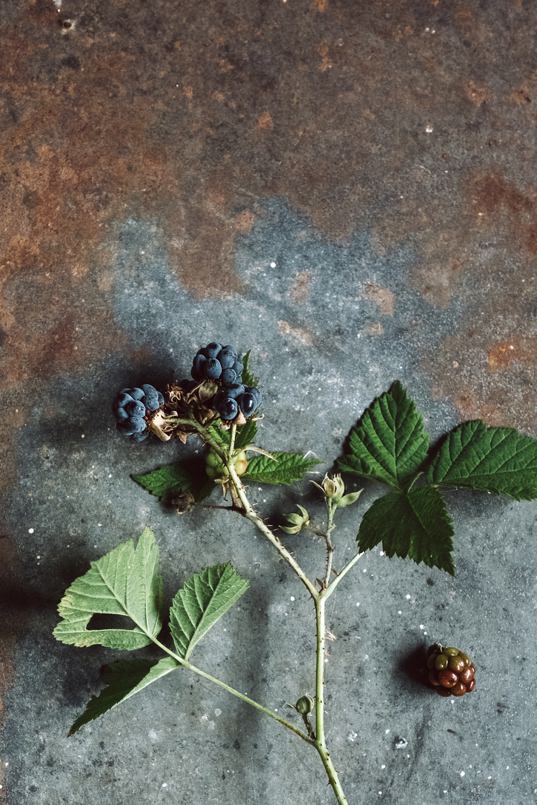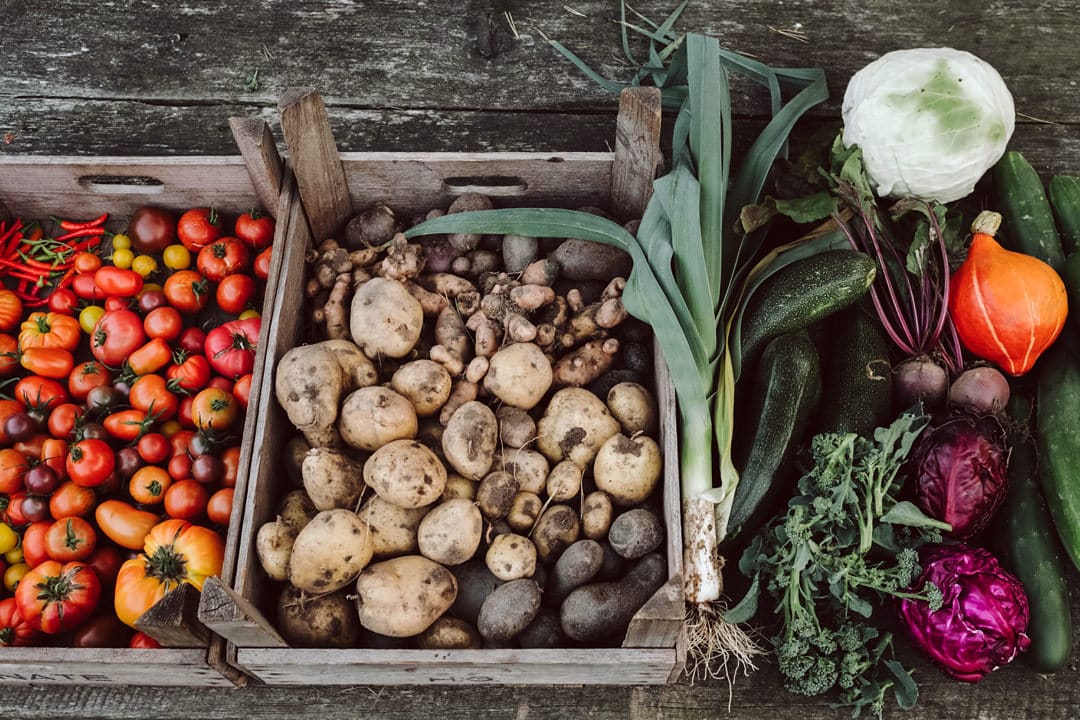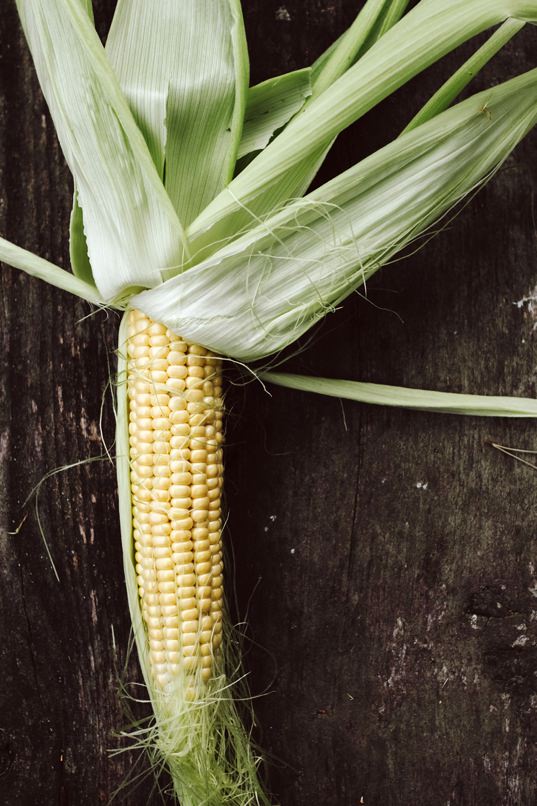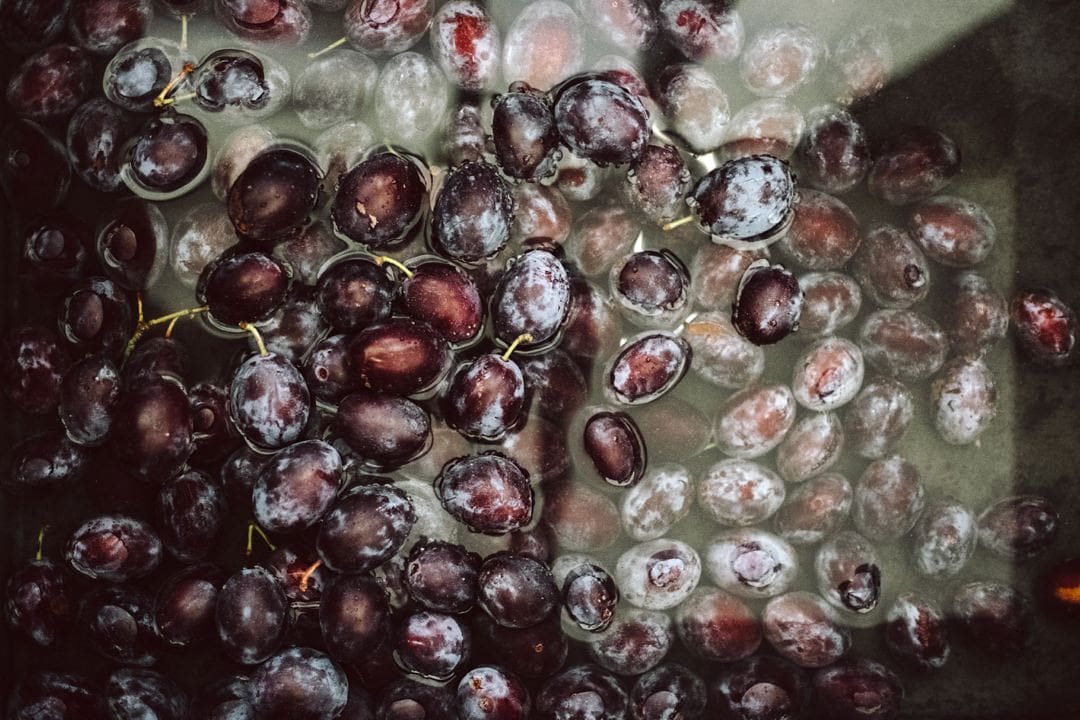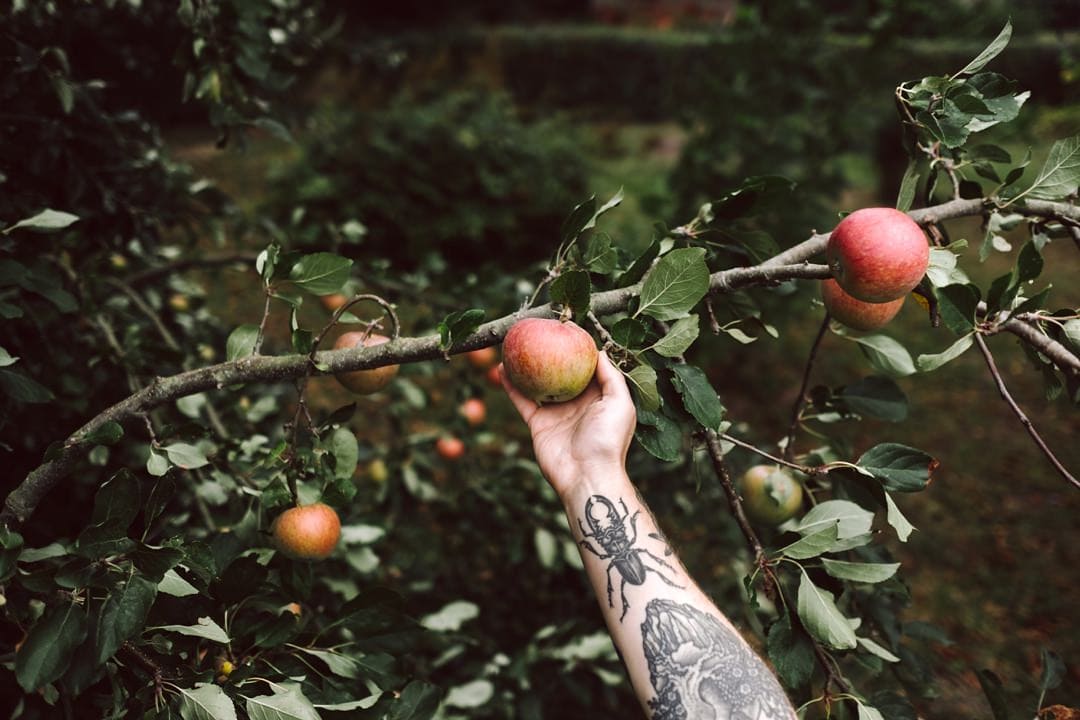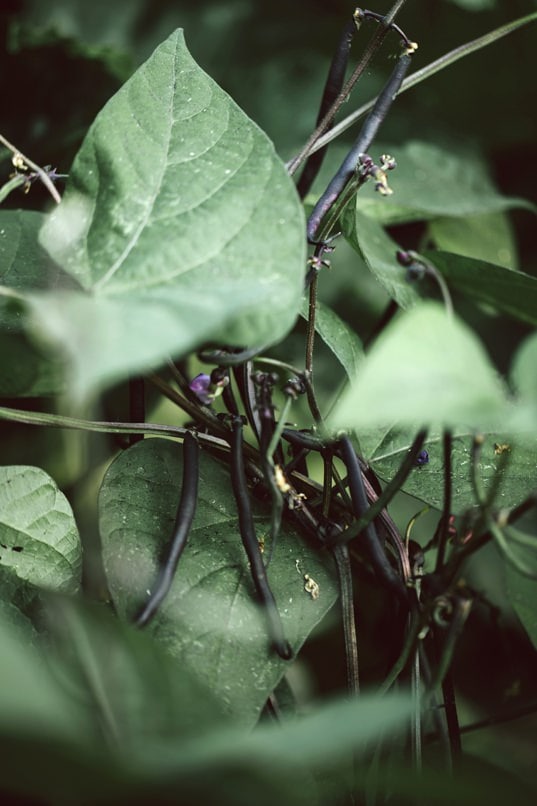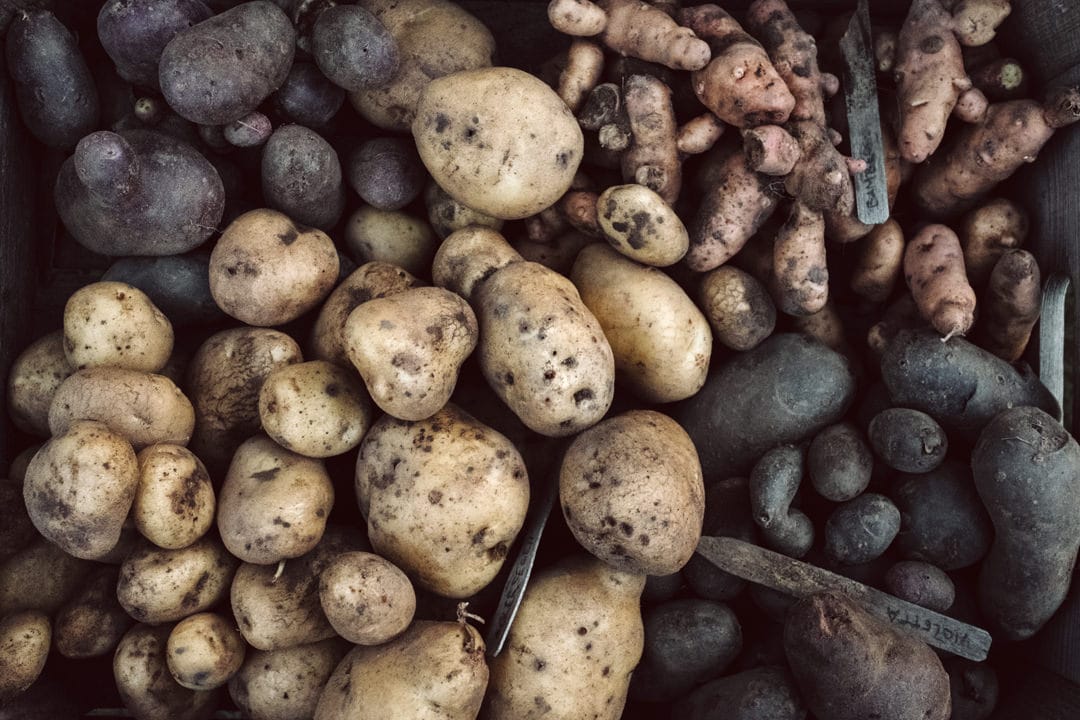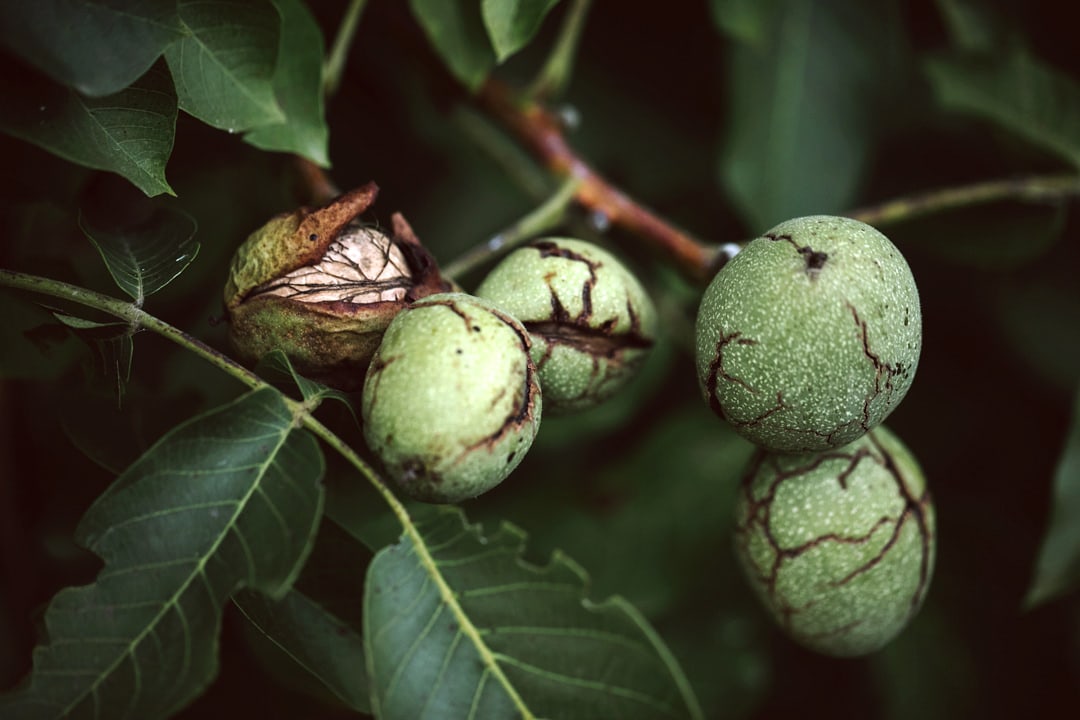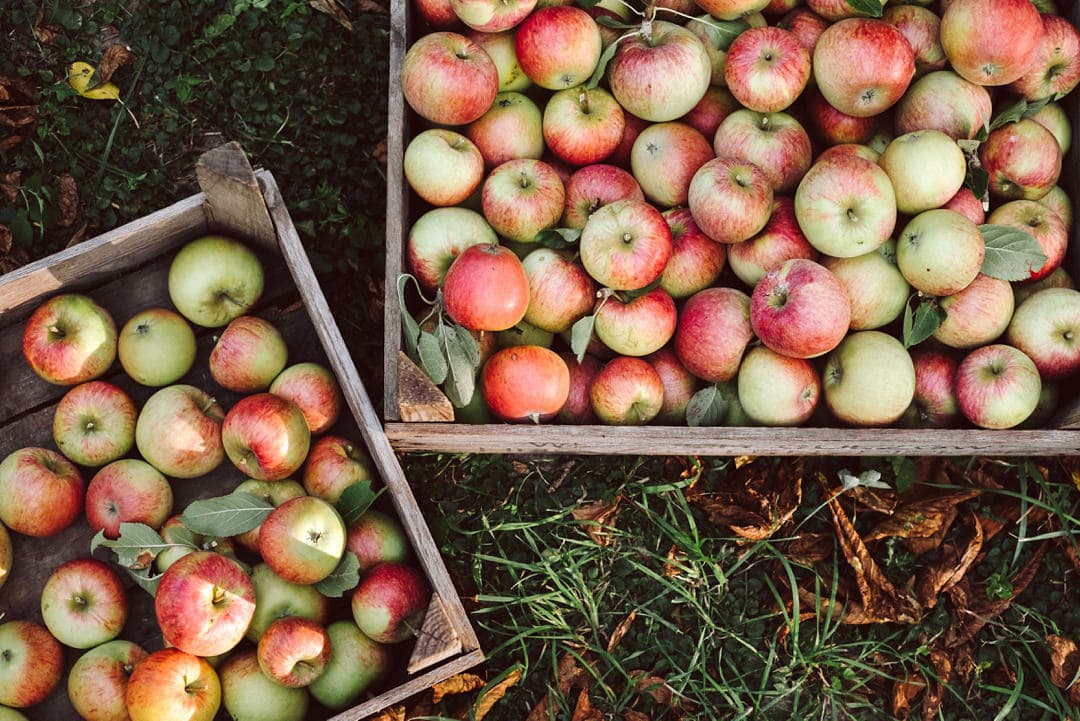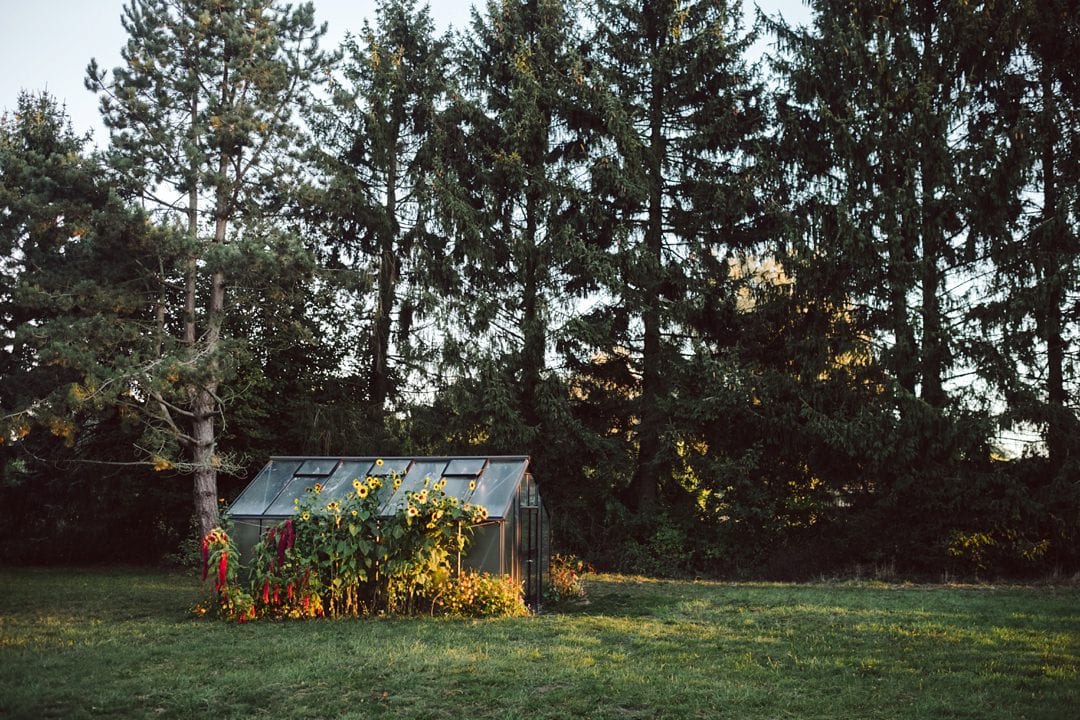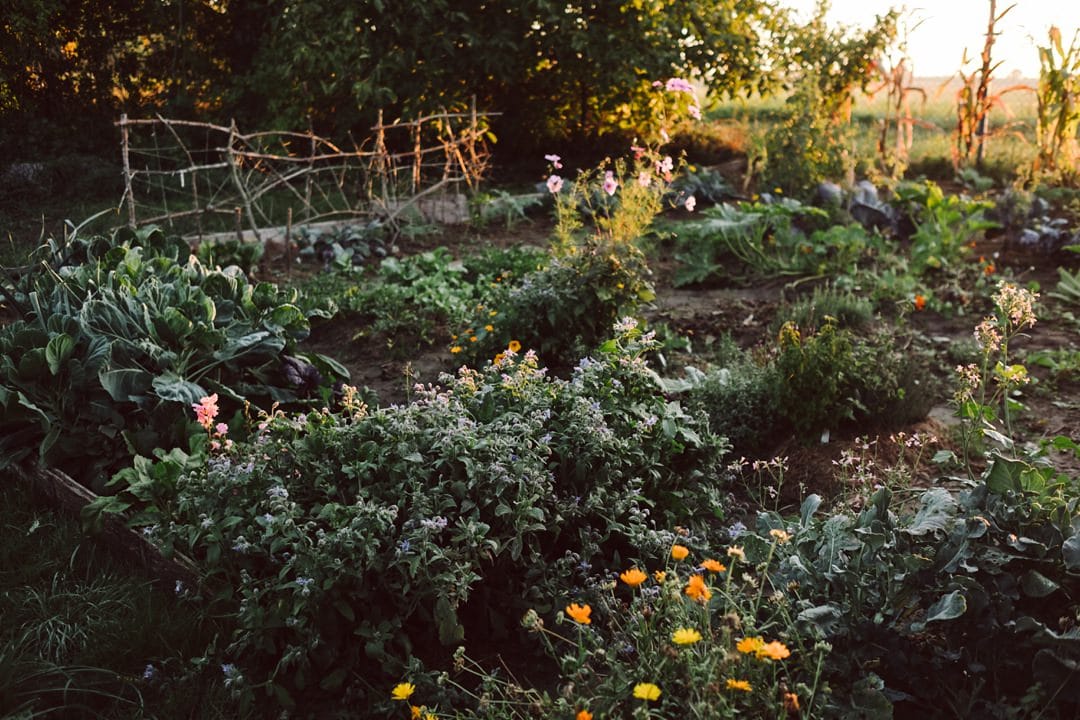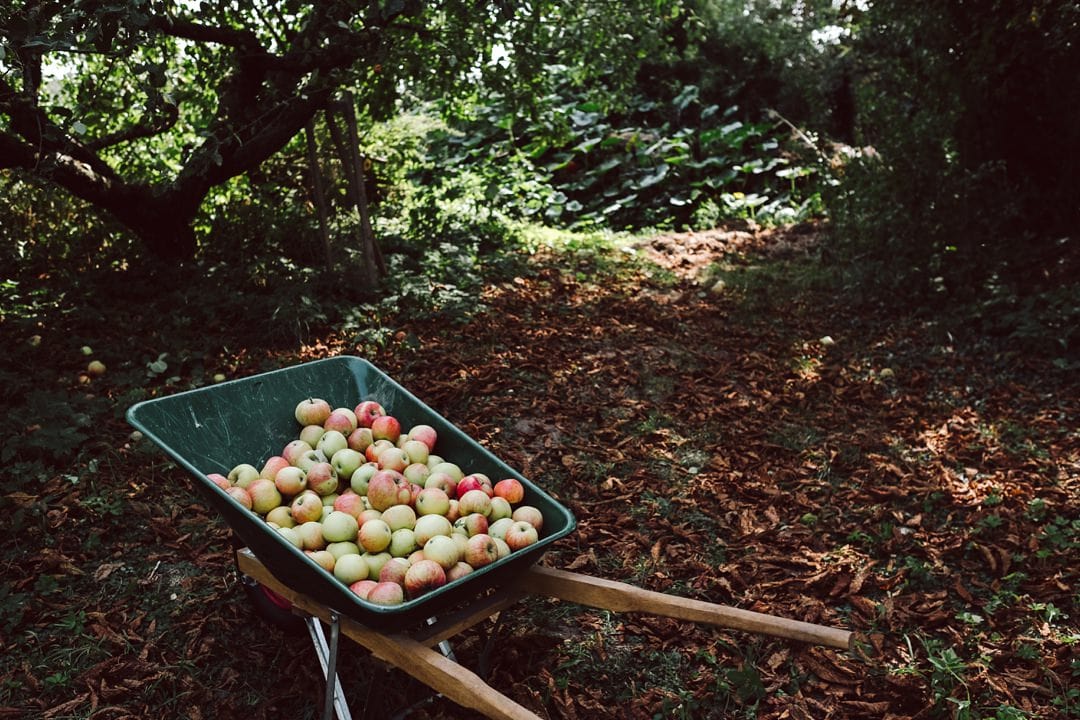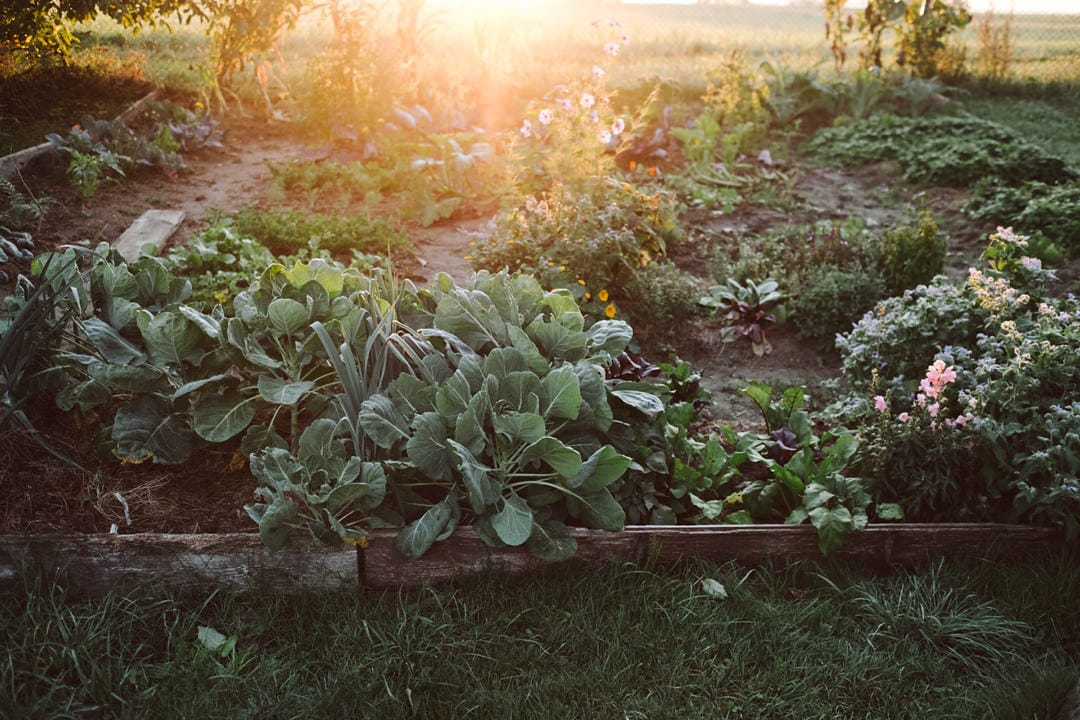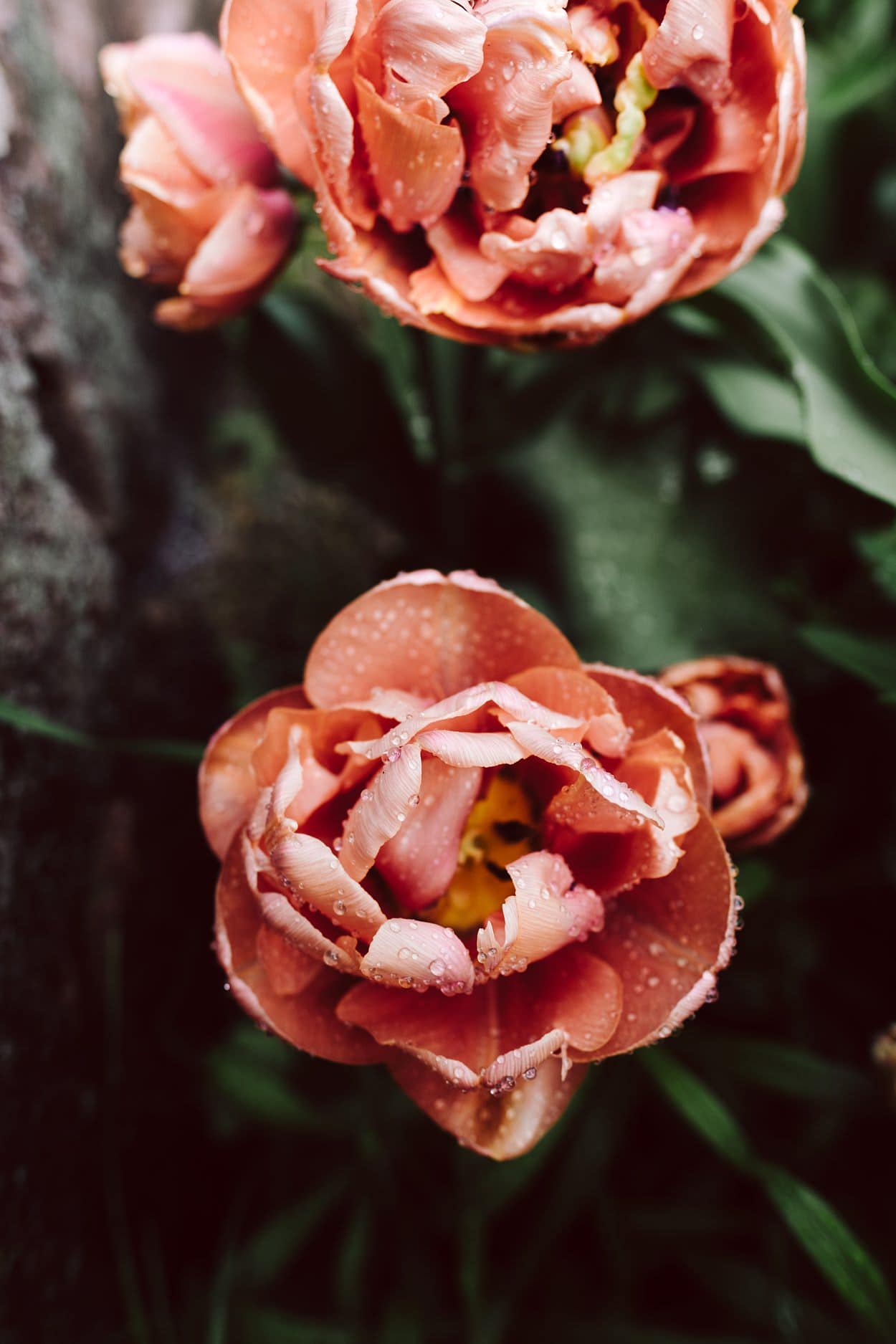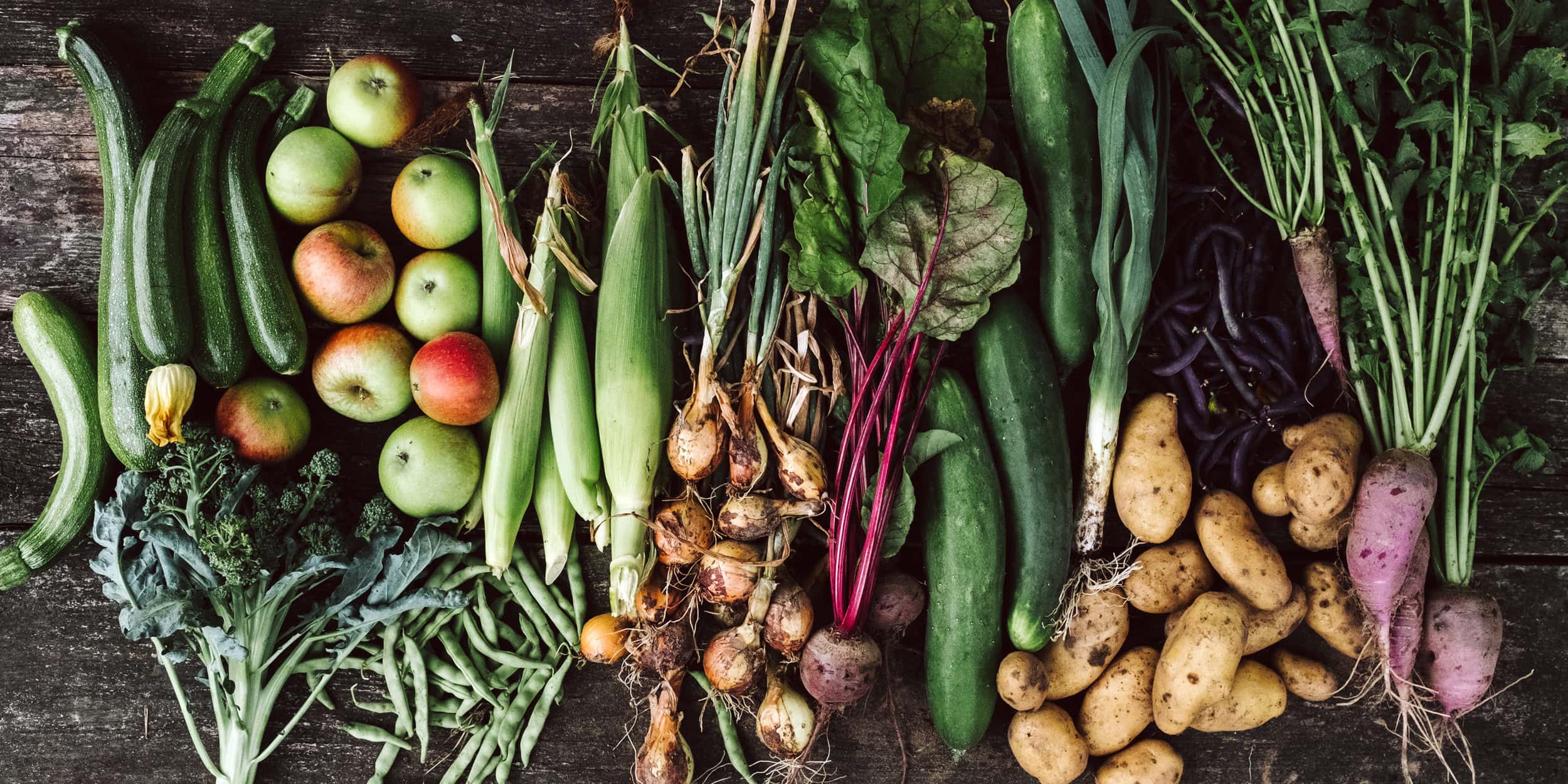
In farming, you can’t rely on a stable weather, you have to live with nature and adjust. One has crop failures, others have bulging baskets. The whole existence depends on an unswayable force. As a consumer you have to keep that in mind, beside all the work put into vegetable growth. For us, every little bit of a vegetable peel, every stem and stalk was even more valuable. Everything which is not processed ends on the compost and rots to valuable humus, which we need next season to give back nutrients to the soil which it put into our crops. In the countryside we do not only live more closely to nature, but also our way to cook changed. Just a few years ago we thought it takes spices, unusual ingredients and complex recipes to create extraordinary meals. By now, we disassociate ourselves from this notion, especially since this year.If you put so much energy into growing your own food, the goal with cooking is to keep its own taste or to intensify it with few ingredients. Fruits and vegetables don’t have to made tasty, they already are by nature. But you have to embark on the taste of nature. Prepared over the fire with just a pinch of salt. Add some legumes and nuts, sometimes refined with vinegar, oil, mustard or herbs. It does not take more to have a balanced, healthy and tasty diet. It is so nice to spontaneously go into the garden and pluck what you like, what your body needs that moment.
Harvest festival. In times when fruits and vegetables lie polished in the well illuminated crates in the supermarket, this feast day seems to have lost its meaning. For us, however, it is more important than ever this year. After all of the hard work we are grateful for what nature gave us back. Again and again we talked about our garden. Be it about the first idea in spring, our greenhouse, the cherry harvest, zucchini flood, or our lavish apple haul. We learned a lot during our first year in gardening. Beside the farming, the experience was enriching for us personally, and we want to talk about that a bit more. In the past months, we especially learned how satisfying it can be to build your basis of existence yourself. Not to work mainly for money, but to put your work into the production of food. Into vegetables you grew from the seed – the first leaflets sprouting from earth, planting it into the soil, taking care, growth, first fruits, harvest, preparing. A seasonal nutrition has been important to us for some years already, but to experience the whole process now is something quite different to buying your goods on the local market. Not only the experience of cultivation itself enriched us. To also see how climate changes affect the farmers around us was incredibly fascinating. While we had the possibility to water our 95m² of productive land, other fields dried up. This hot and dry summer was preceded by a completely rainy year.

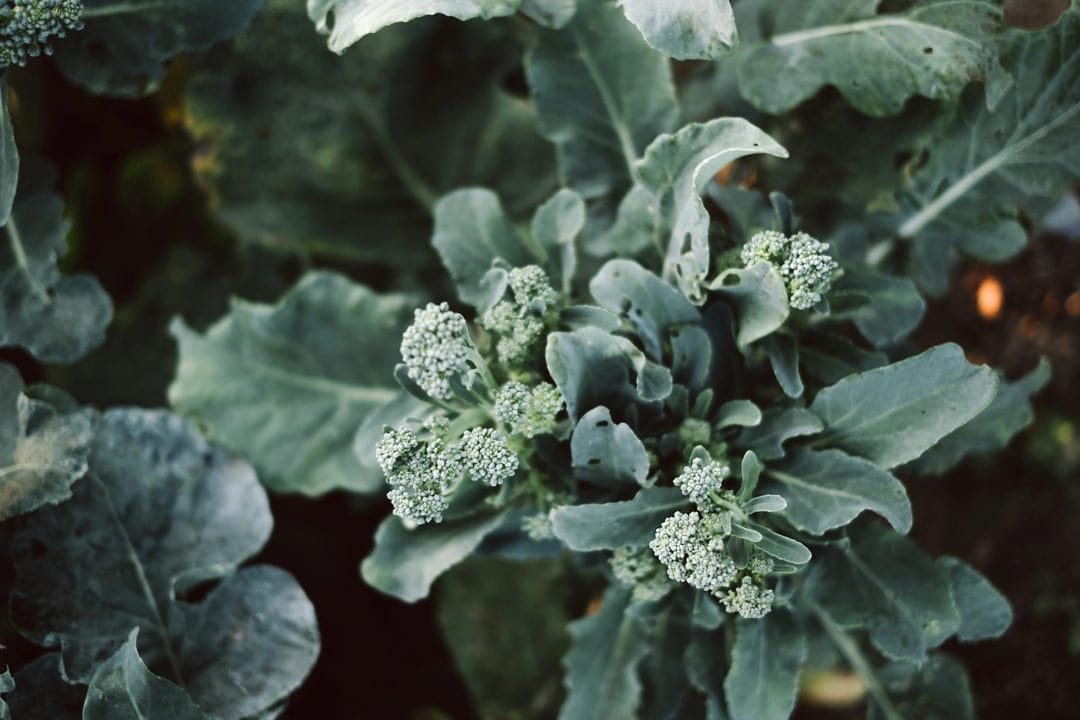
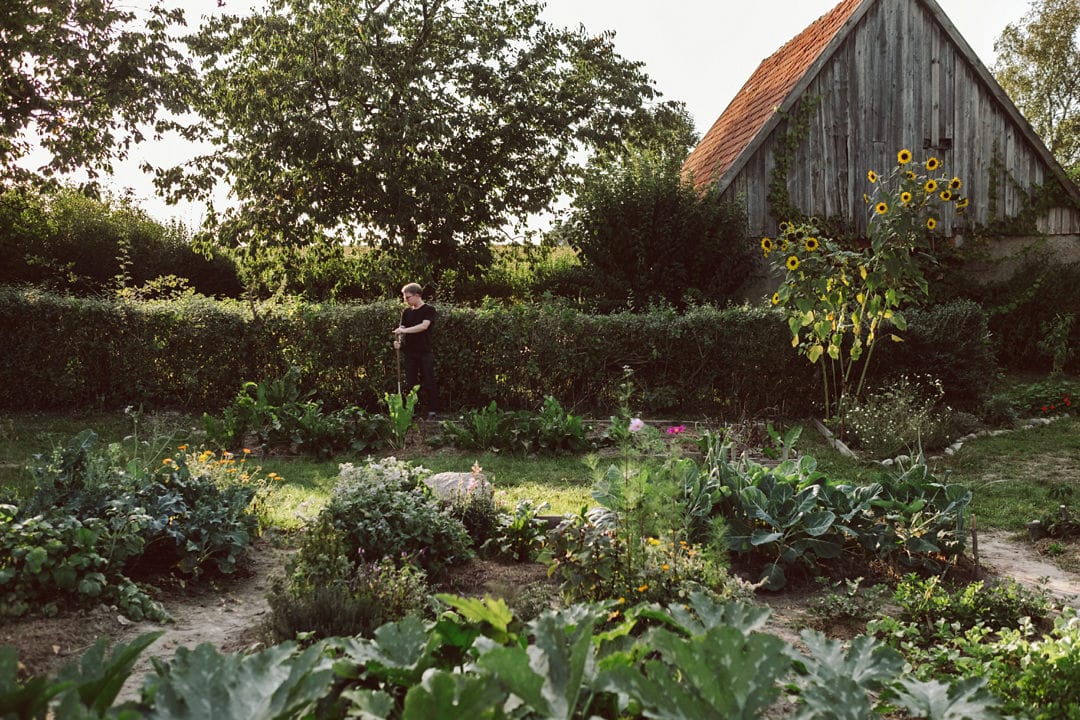

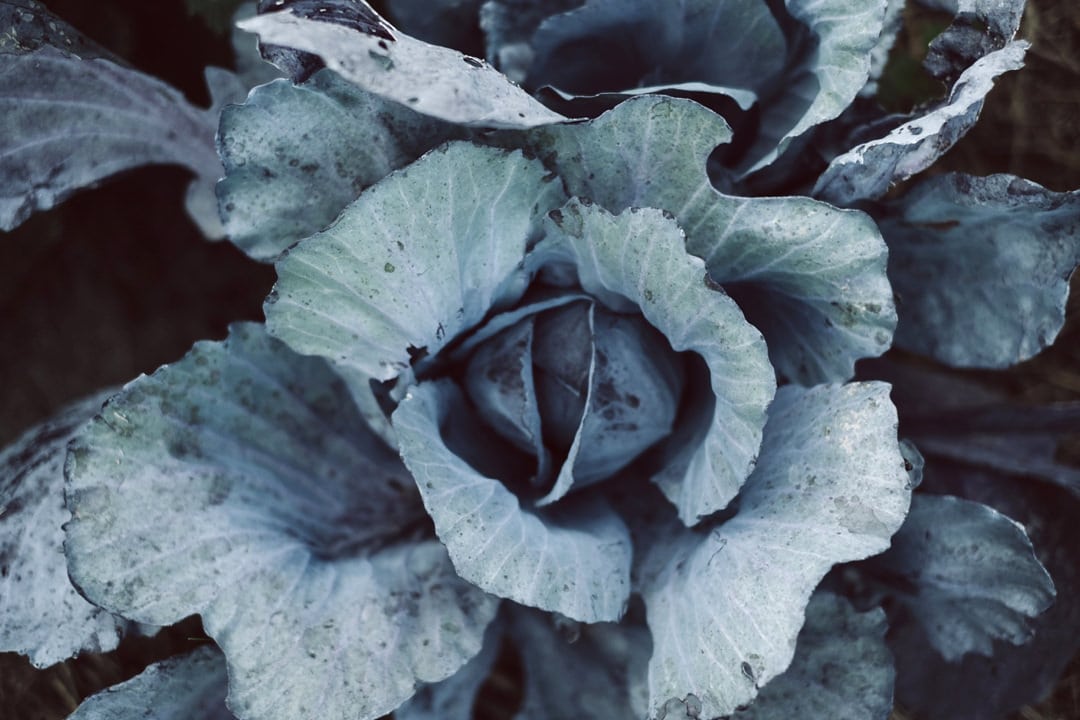
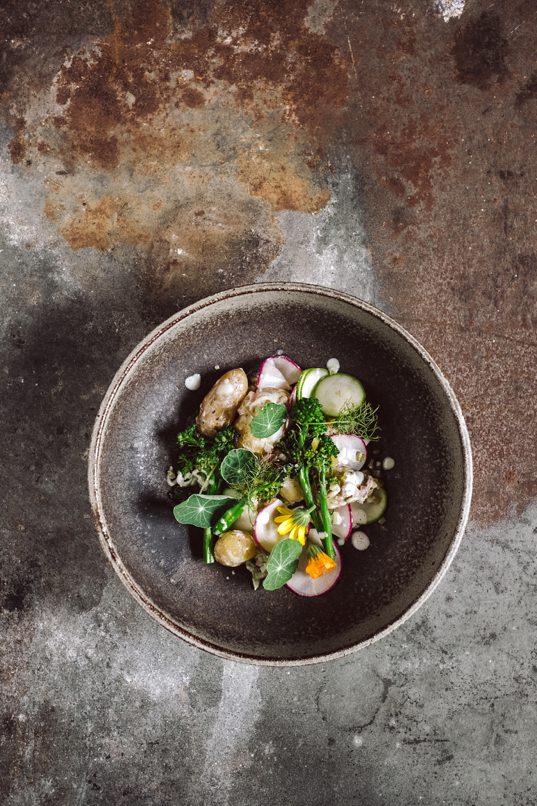







The plants were planted intercropped. However, we were careful only to plant plants side by side which go well with each other. Between the vegetables, we planted herbs and edible flowers like marigold, sweet mace, Indian cress, and borage. We mulched the ground with a thick layer of straw or freshly cut grass, so the water could be saved through evaporation way longer. Also, this layer rots with time and enriches the soil with nutrients. We never fertilized our plants. Apart from watering once or twice a week, during the hot periods maybe three times, and weed plucking once, we had little work with the care. However, the voles and moles almost drove us crazy with their unearthing and digging plants, but apart from the few unwanted guests, we also had a lot of useful visitors. Hedgehogs live in a wall of twigs, plenty of frogs jumping around our property. Bees, bats, lady bugs, and numerous birds are bustling around. There’s humming, singing, and croaking in basically every corner of our garden. The animals enjoy their time in our small paradise and help when they eat greenflies, snails and other vermin. Thanks to the healthy eco system we could harvest so much.
We want to report about the way to our own vegetables and about the process as well. Let’s start at the beginning. In February, we started with the young plants. We grow all our plants from best organic seeds, we took care of them several weeks until we could plant them into the soil. We had seven different sorts of potatoes, red and white cabbage, kale, radishes, peas, fennel, broccoli, radish, aubergines, artichokes, cucumbers, chilli, bell pepper, beans, beet root, zucchini, pumpkin, leek, Brussel sprout, salads, kohlrabi, cauliflower, savoy, and horseradish. Of course, we did not plant them all at random places and the same time, but based on a seed calendar we composed accordingly to our seeds.
The original plan was to plant every vegetable where it had the best circumstances to grow. Wood berries prefer a shadowy place with sour soil, while sun loving plants got a place at the southern side of the house to catch as many reflected light as possible. We noticed very soon how difficult farming can be when you start from scratch. We decided to arrange a great main patch with paths in between as a farmers garden.


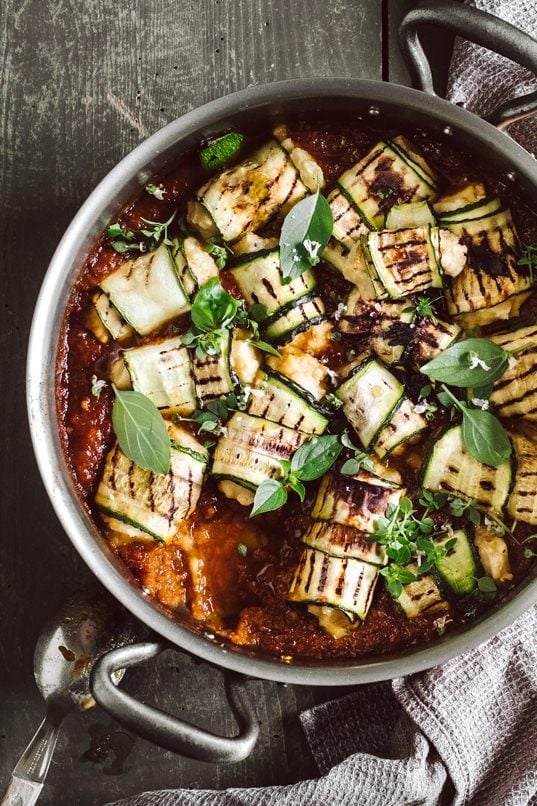





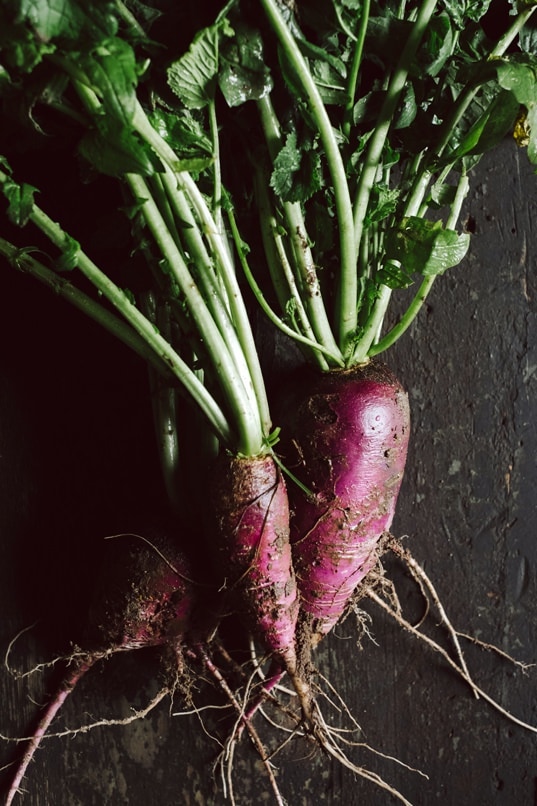

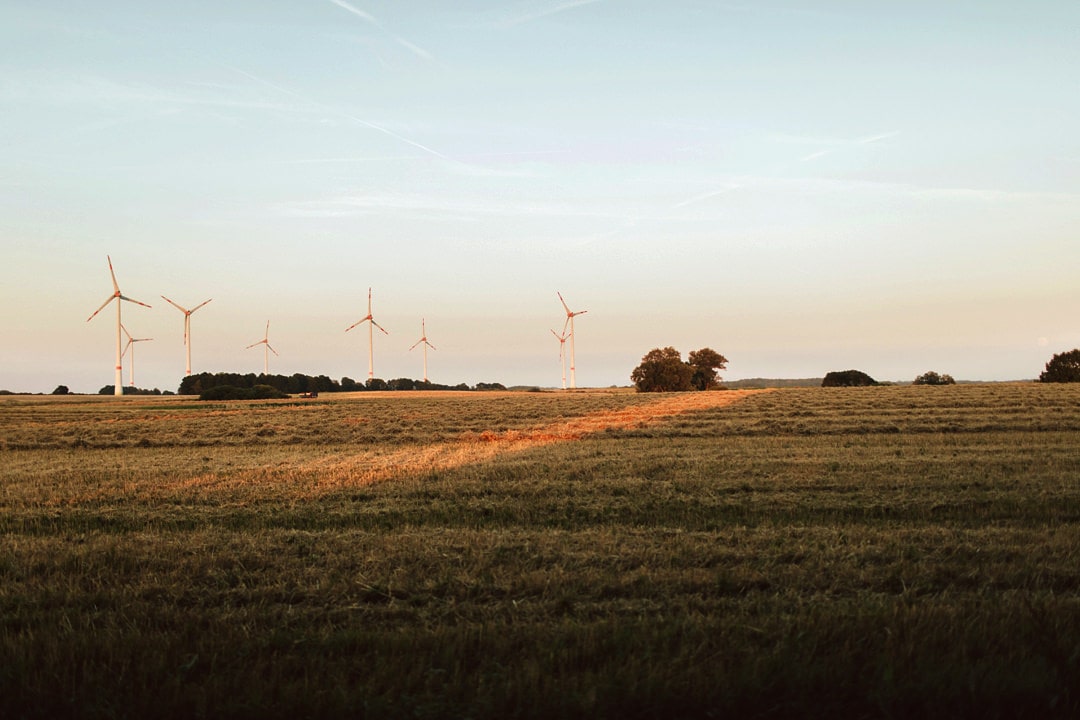
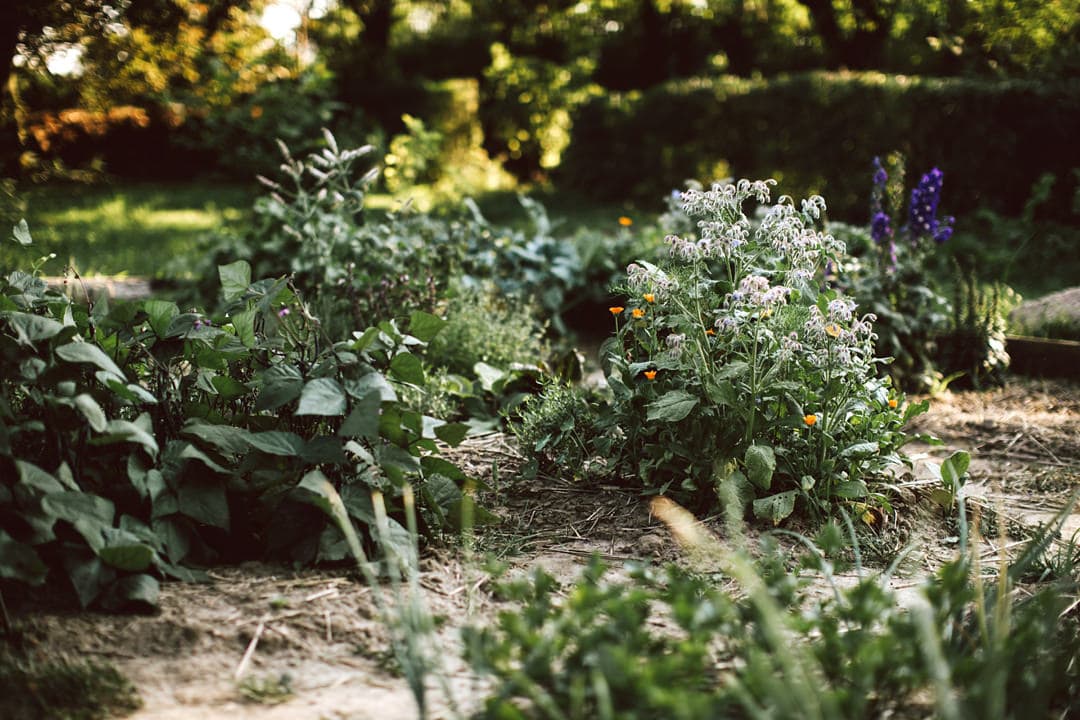

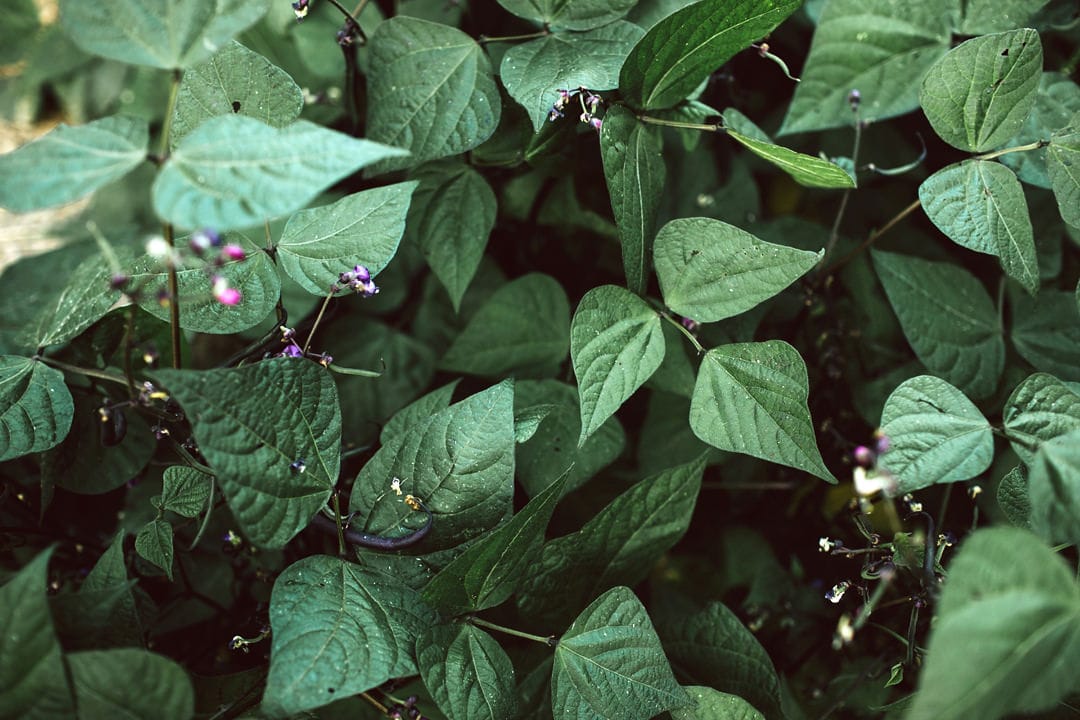
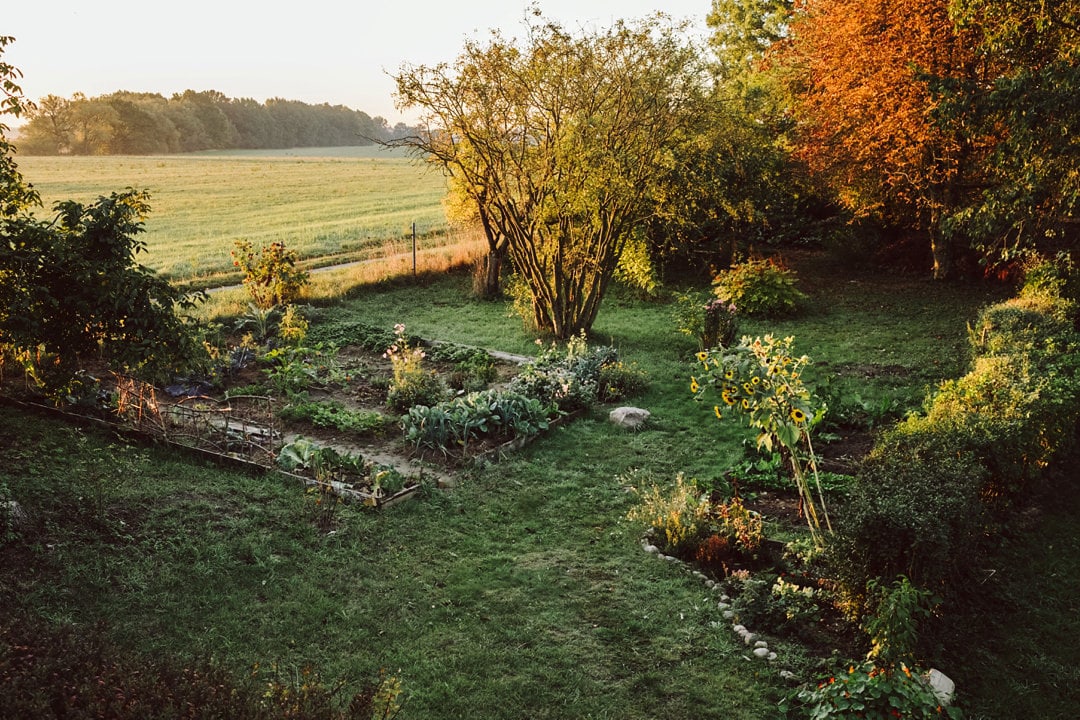
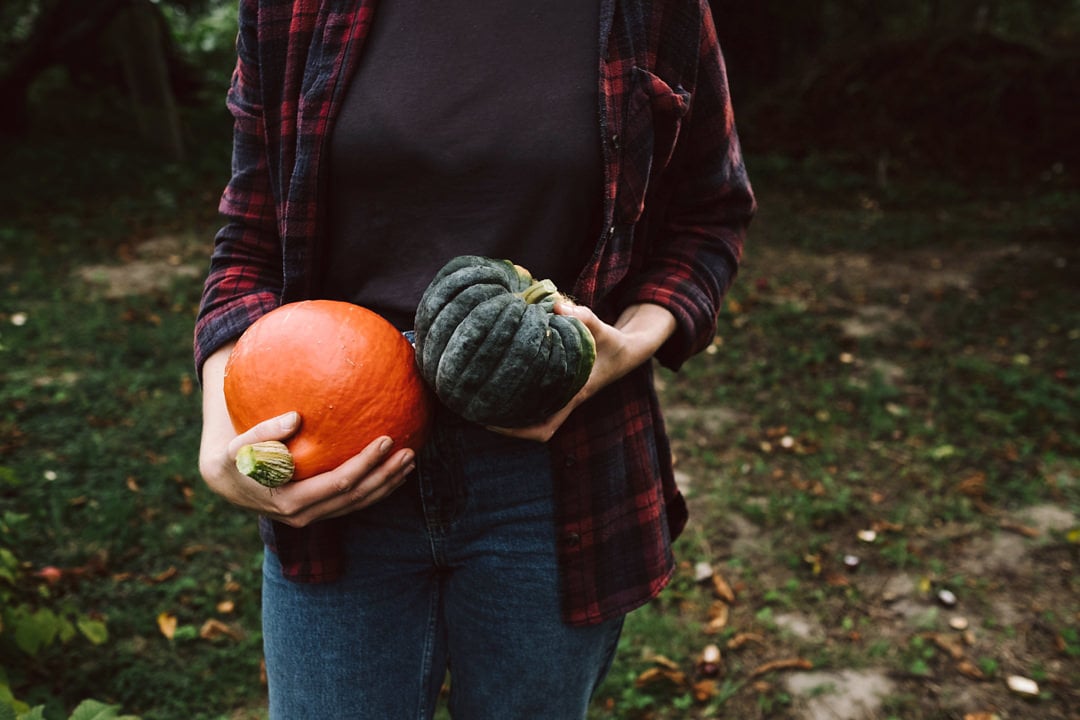
If you preserve vegetables because you have to do that quickly, you start to get creative so you end up having a lot of different food you are happy about during the cold months. Especially if you are in a hurry while cooking it is great to have supplies you just throw in and have a delicious meal. We are more than happy with our first year in gardening and are really looking forward to the next! Until then we still have to learn quite a lot. We seem to have a healthy eco system in our garden, so we have to look even more closely where to plant the different vegetables to keep it up. Until now, we mainly looked into intercropping. Completely harvested fields we already equipped with soil conditioner like mustard. If we want to use the fields next year again, we also have to learn about crop rotation. Not only intercropping, but also a change in the crops diseases and single use of nutrients can be prohibited. Depending on how much a plant need of the nutrients in the soil it is assigned to the heavy, middle or light feeders. This means, on our potato field we should not plant cabbage, pumpkin, leek, or zucchini next year, since all of these plants are heavy feeders and need a lot of nutrients. Next year, we could plant fennel, beet root and salads, for example. Apart from that, we want to use our garden even more with pre and postculture. This way, the same patch can produce different vegetables in a row throughout the year. For example, in spring you sow spinach, which is collected in May. After that, you can plant bush beans. These are harvested in August so you have space for mache, and so on. How many years will it take until this won’t be all Greek to us?
Unfortunately, we did not record the numbers precisely. For you and out of curiosity, we documented our harvest at least in parts: out of the 7 sorts with five potatoes we got 24kg. Some sorts, like Sieglinde with 5kg and Ackersegen with 5,5kg, were very prosperous, others less. But it’s not about numbers but about taste! Bamberger Hörnchen only brought 2kg, but we will plant them still. Heiderot, Mayan Gold, Schwarze Russische and Violetta were loved by the voles, too, so either we find a solution or we will have to share again. Our zucchini…well…what to say about them? We stopped counting them pretty fast, but on average, we collected 6-8 zucchini per week, starting in July until the beginning of October. Starting in Juli, we could collect five cucumbers per week, pumpkins were 21 by now, 27kg tomatoes (and counting). 8 kohlrabi, 20 celeriac, 7 red and white cabbage each, also 7 savoy, 20 beet roots, 10 leeks, 15 fennels while we lost half of the produce to the voles. We also had plenty of fruits and walnuts and had the problem that we could not process it while still fresh. So our neighbours could happily help themselves, and we made jam out of 20kg cherries, dried them, preserved them in salt and vinegar or made stewed fruit. About 200kg apples were processed to juice, apple sauce and chutney, concentrated apple juice, and dried in rings. Our supply cabinet is still filling with delicious food, be it pickled cucumbers, tomato sauce, elder berry syrup, diverse ferments and also experimental stuff like spruce tips in honey or dandelion syrup. We have sauerkraut in three versions, garlic in wood honey, cucumber kimchi, antipasti, dried tomatoes.




